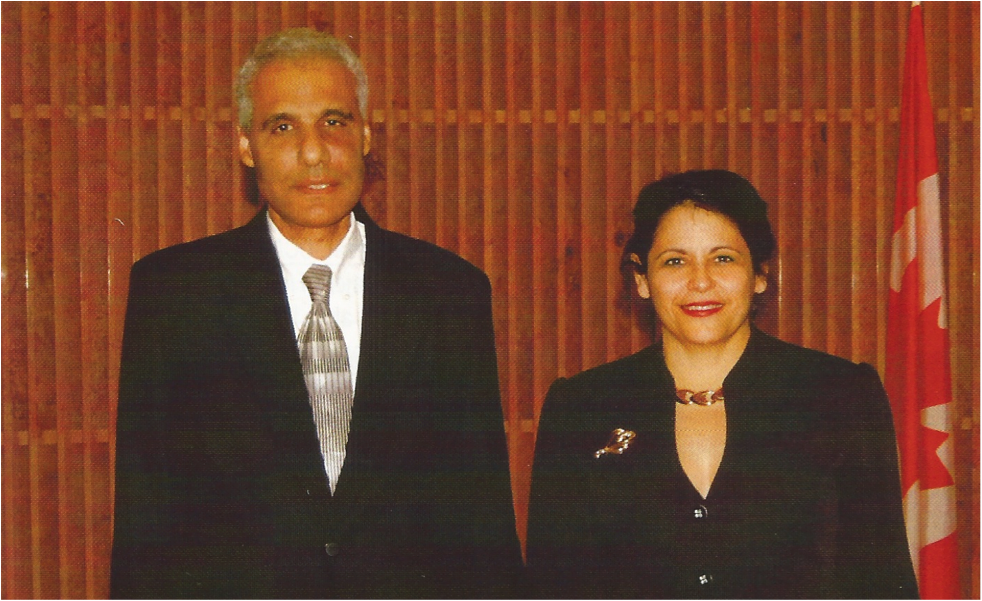
Canada’s Muscular Military: The Throne Speech Façade
Pity the Canadian Forces. They must surely be suffering from an identity crisis.
It was only a month ago that the government strutted the Forces before the public eye so we could see their biceps bulging, their pecs rippling. Just listen to the overflow of machismo in the Throne Speech of October 16:
“Our government will modernize Canada’s military to provide effective surveillance and protection for all of our country, cooperate in the defence of North America, and meet our responsibilities abroad to the United Nations and our allies…Rebuilding our capabilities and standing up for our sovereignty have sent a clear message to the world: Canada is back as a credible player on the international stage…Our government believes that focus and action, rather than rhetoric and posturing, are restoring our influence in global affairs…”
Military muscles popping, right? Not if you turn to a far skinnier version of the Canadian military that showed itself in a report released last week by Canada’s Department of National Defence (DND).
The Departmental Performance Report for the period ending March 31, 2007 states meekly that the war in Afghanistan, as well as the cost of preparing for the upcoming Winter Olympics, have forced DND to “reprofile” the expansion of the Canadian Forces.
“Reprofile,” in this context, is a fuzzy synonym for “shrink.”The sentence might better have read: “Sorry, we really meant to become a credible full-sized defensive force, but it turns out we haven’t been given the resources.”
The report does not mention continued government underfunding as the main reason that the military will not be able to grow as planned. It should, but nobody at DND can say that, or heads would roll.
So allow me to say what this report cannot. The government’s Throne Speech portrait of itself as a collection of big guys wearing combat fatigues — studs in a world of wimpy opposition parties — goes well beyond the realm of rhetoric and posturing that the government contends it despises. The word ‘fraud’ comes to mind.
The government has been promising to boost the size of the military to 75,000 personnel. The level in March 2007 was 63,778. The Senate Committee on National Security and Defence has argued for the past few years that this target is clearly inadequate if Canada is to be capable of performing more than one major army deployment at a time — which is what the military has admitted that we are now confined to with our mission in Afghanistan.
Not only has underfunding weakened our capacity abroad, it has also weakened our capacity to defend ourselves at home. Home defence was supposedly this government’s top priority under its “Canada First” election rhetoric.
After carefully examining the tasks that various governments have asked the Canadian Forces to undertake over the past decade the committee came to the unanimous conclusion that Canada needs 90,000 regulars to defend Canadian sovereignty and Canadian interests in today’s world. We weren’t playing tin soldiers. That number represents bare-bone needs.
Now the DND paper is saying that the goal to have 75,000 regulars in place by 2010-2011 has been reduced to 68,000. There’s the drain on funds from Afghanistan. There’s the drain on funds from the Olympics. There’s the fact that more regulars are retiring than expected. (Hey, you’d retire to if you were stretched beyond capacity year after year by politicians who love deploying. but hate funding.)
The reality is that this government is following in the tradition of its Liberal and Conservative predecessors in underfunding the Canadian military. It is gambling that it won’t get caught, just like its predecessors rolled the dice.
When General Rick Hillier took over as Chief of the Defence Staff in 2005, he envisioned the Canadian military accomplishing three things at the same time: serving in Kandahar as replacements for American troops; maintaining capacity in reserve to deploy to a theatre somewhere else (like Darfur, where former Prime Minister Paul Martin wanted to go); and reinventing the Canadian Forces.
The third mandate was essential: after two decades of neglect, the Canadian Forces were hollowed out, without enough personnel or equipment to make a significant contribution to world stability while defending the physical, economic and cultural well-being of Canadians at home.
Two years later, Canada is struggling to succeed in Kandahar. Meanwhile, the promised growth and transformation of the Canadian Forces is reeling on its heels, with no real evidence that it is ever going to produce the kind of military Canada is likely to need in the coining decades. The military is busting its gut to transform itself, but the resources simply aren’t there. Two things went wrong for Hillier. First, there was an assumption that the Americans had defeated the Taliban. They weren’t. They were hiding in the hills of Pakistan, rebuilding with funds from the poppy fields and young recruits from radical religious schools.
Secondly, big-sized words about the transformation and growth of the Forces continue to wobble on the ethereal foundation of skimpy budgets. It looks like the government is spending big bucks when it promises to buy expensive pieces of equipment, but the reality is that Canada’s per-capita defence expenditures lag far behind other comparable countries like the Netherlands and Australia.
The most ambitious of the three spending scenarios laid out in a leaked draft of the Defence Capability Plan would get Canadian defence spending up to $36 billion by 2025. After a thorough examination of the personnel and equipment needs of the Canadian Forces, our Senate committee calculated that Canada requires a $36-billion budget by 2012, without bells and whistles.
That’s a 13-year gap. That’s a 13-year gamble that the government can continue to underfund the Canadian Forces, and somehow muddle through. To add insult to injury a large chunk of the money the government is pretending to spend on the military is being clawed back under the Expenditure Review Committee (ERC) and Procurement Program Reform (PPR) initiatives introduced by its Liberal predecessors to cut fat out of all department budgets. Unfortunately, you can’t cut fat that isn’t there and pretend to be growing. These clawbacks are cutting into muscle.
The military has essentially been told that if it wants to enhance one capability it must make cuts to another, and that there might be a small bump up in spending coming along in the next few years. But that’s it. Sounds reasonable — live within your means. And it would be reasonable if the Forces hadn’t been in such undernourished shape when this government took over.
This continued parsimonious approach to military spending — masked by the posturing of the Throne Speech — is a recipe for building a nation not ready to deal with unpleasant surprises. Unfortunately, history tells us that surprises are what wars and battles are all about.
If the government hasn’t learned that lesson in Afghanistan, it hasn’t learned anything at all.
By: Colin Kenny










